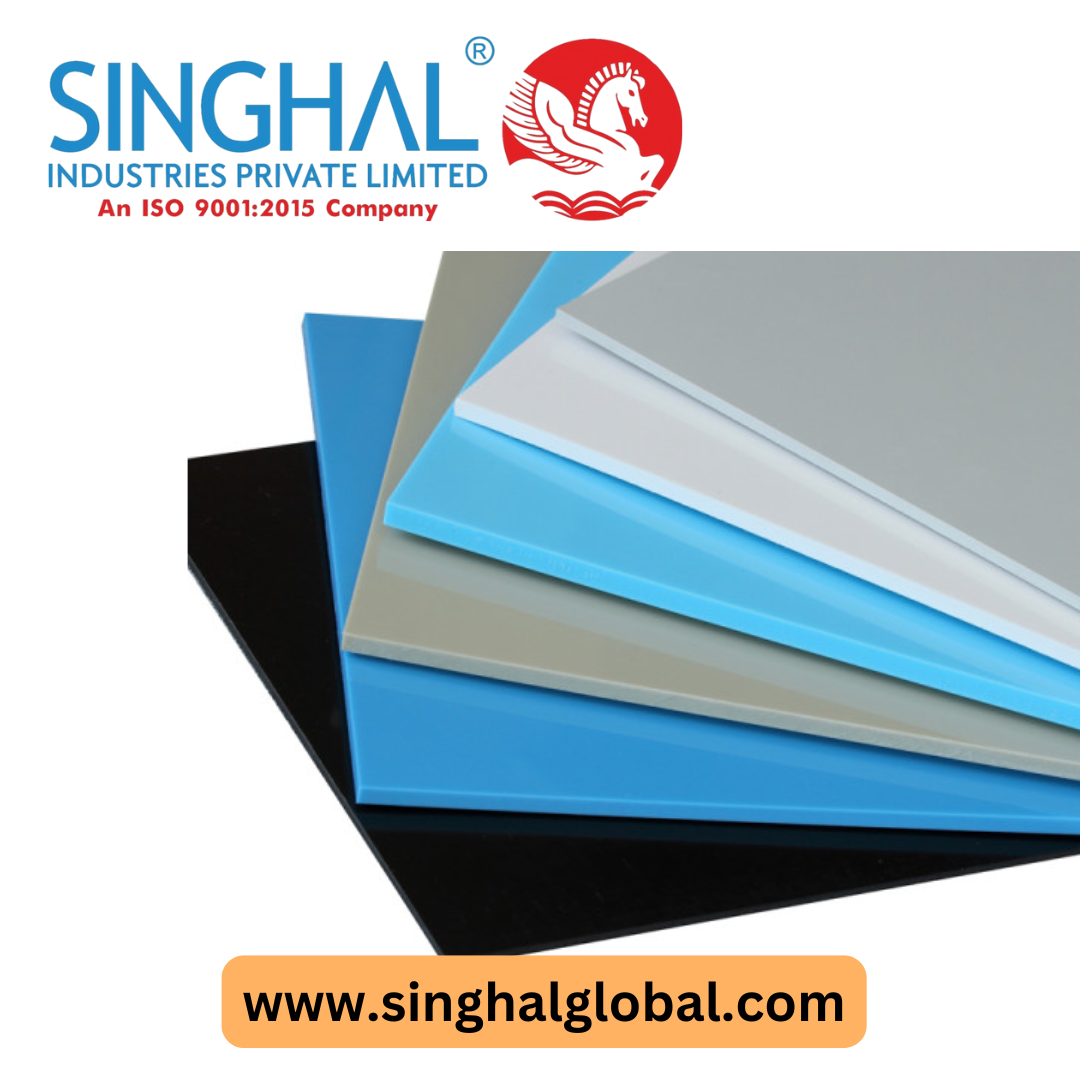High-Density Polyethylene (HDPE) sheets are a popular choice in various industries due to their robustness, durability, and versatility. Whether used in construction, manufacturing, or consumer products, HDPE sheets offer numerous advantages that make them a preferred material in many applications. This article will explore what High Density Polyethylene Plastic are, their benefits, common uses, and answer frequently asked questions to provide a thorough understanding of these essential plastic sheets.
What Are HDPE Sheets?
HDPE sheets are made from High-Density Polyethylene, a type of thermoplastic polymer. HDPE is known for its high strength-to-density ratio, which means it is both strong and lightweight. The polymer is produced through the polymerization of ethylene, resulting in a dense, linear structure with minimal branching. This structure gives HDPE its characteristic properties, making it suitable for a wide range of applications.
Advantages of HDPE Sheets
- Durability: HDPE sheets are highly durable and resistant to impact, abrasion, and wear. This durability makes them suitable for use in demanding environments and applications.
- Chemical Resistance: HDPE sheets exhibit excellent resistance to a wide variety of chemicals, including acids, alkalis, and solvents. This property makes them ideal for use in chemical processing and storage applications.
- Moisture Resistance: HDPE sheets are resistant to moisture and do not absorb water. This makes them suitable for applications where exposure to water or humidity is a concern.
- UV Resistance: HDPE sheets have good resistance to ultraviolet (UV) radiation, which helps prevent degradation from sunlight. This UV resistance is particularly useful for outdoor applications.
- Low Friction: The smooth surface of HDPE sheets provides low friction, making them ideal for applications where sliding or moving parts are involved.
- Ease of Fabrication: HDPE sheets are easy to cut, weld, and form using standard fabrication techniques. This ease of processing allows for customization and adaptation to various needs.
- Cost-Effectiveness: HDPE sheets offer a cost-effective solution compared to other materials, combining durability and performance at a relatively low price.
Common Applications of HDPE Sheets
- Construction: In construction, Polyethylene Sheets are used for various purposes, including waterproofing membranes, vapor barriers, and protective liners. Their durability and moisture resistance make them ideal for these applications.
- Industrial Applications: HDPE sheets are used in industrial settings for liners, baffles, and custom components. Their chemical resistance and strength make them suitable for harsh environments.
- Packaging: HDPE sheets are utilized in packaging applications, including containers, trays, and protective covers. Their resistance to moisture and chemicals helps in preserving and protecting products.
- Transportation: In transportation, HDPE sheets are used for liners and protective barriers in vehicles and shipping containers. Their impact resistance and low friction properties make them ideal for this purpose.
- Agriculture: HDPE sheets are used in agriculture for greenhouse coverings, irrigation systems, and pond liners. Their UV resistance and durability ensure long-lasting performance in agricultural settings.
- Consumer Products: HDPE sheets are used in the production of various consumer products, including cutting boards, playground equipment, and storage solutions. Their versatility and ease of fabrication make them suitable for a wide range of products.
How to Choose the Right HDPE Sheets
When selecting HDPE sheets for your application, consider the following factors:
- Thickness: HDPE sheets come in various thicknesses. Choose the thickness based on the required strength and rigidity for your application.
- Size: Determine the size of the sheets based on your project’s dimensions. HDPE sheets can be custom-cut to meet specific requirements.
- Color: HDPE sheets are available in different colors. Select a color that suits your aesthetic needs or functional requirements.
- Surface Finish: HDPE sheets can have smooth or textured surfaces. Choose the finish based on the intended use and desired appearance.
- Regulatory Compliance: Ensure that the HDPE sheets meet any relevant industry standards or regulations for your specific application, especially in sectors like food processing or healthcare.
Maintenance and Care
HDPE sheets are relatively low-maintenance due to their durability and resistance to various environmental factors. Here are some tips for maintaining HDPE sheets:
- Cleaning: Clean HDPE sheets with mild soap and water. Avoid using abrasive cleaners or harsh chemicals that may damage the surface.
- Inspection: Regularly inspect the sheets for any signs of wear or damage. Address any issues promptly to prevent further deterioration.
- Storage: Store HDPE sheets in a cool, dry place away from direct sunlight and extreme temperatures. Proper storage helps maintain their performance and longevity.
Conclusion
HDPE sheets offer a unique combination of strength, durability, and versatility that makes them a valuable material in various industries. From construction and industrial applications to packaging and consumer products, HDPE sheets provide reliable performance and cost-effective solutions. By understanding the properties and applications of Polyethylene Roll, you can make informed decisions and effectively leverage this material for your needs.
FAQs About HDPE Sheets
Q1: What is the difference between HDPE sheets and LDPE sheets?
A1: HDPE (High-Density Polyethylene) sheets have a higher density and are more rigid and durable compared to LDPE (Low-Density Polyethylene) sheets. LDPE sheets are more flexible and less dense, making them suitable for different applications.
Q2: Are HDPE sheets recyclable?
A2: Yes, HDPE sheets are recyclable. They can be processed and reused to create new products, contributing to a reduction in environmental impact.
Q3: Can HDPE sheets be used in food packaging?
A3: Yes, HDPE sheets are used in food packaging due to their resistance to moisture, chemicals, and their non-toxic nature. Ensure that the sheets meet relevant food safety regulations and standards.


